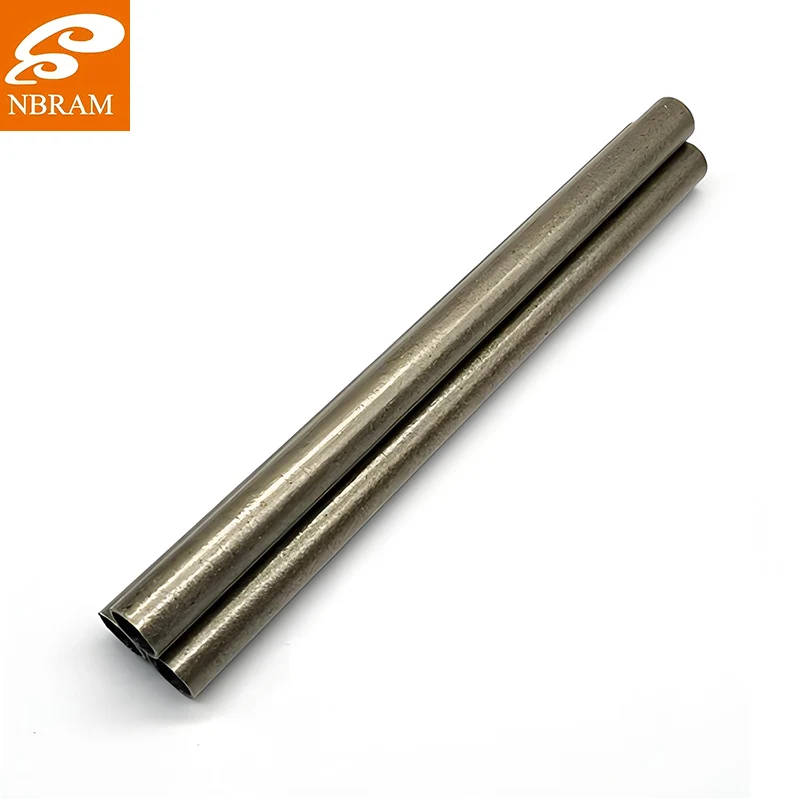I remember this aerospace project where the engineers were pulling their hair out because conventional ceramic tubes kept cracking during thermal cycling tests. The temperature swings from -65°C to 1200°C in minutes were destroying everything they tried. When we introduced NBRAM's High-temperature resistant mica tube, the lead engineer actually called me two months later to say they'd completed 5,000 cycles without a single failure. That's the beauty of mica - it expands and contracts at nearly the same rate as most metals, eliminating the stress cracks that plague other insulation materials. If you're dealing with extreme thermal environments that are killing your insulation systems, it's time to source it that actually survives real-world conditions.
You know, after working with thermal management systems for over two decades, I've learned that most high-temperature insulation is a compromise. Either it handles the heat but can't take mechanical stress, or it's strong but can't insulate properly. NBRAM's High-temperature resistant mica tube is different - it's one of those rare products that actually delivers on all fronts. The natural crystalline structure of mica provides exceptional thermal stability while maintaining perfect electrical isolation. I've used these tubes in everything from laboratory furnaces to industrial processing equipment, and they consistently outperform more expensive alternatives. It's the kind of component that makes engineers sleep better at night, knowing their systems will survive whatever thermal challenges they face.
We had this fascinating project with an industrial furnace manufacturer last year - their heating element support tubes were failing within six months due to thermal shock and chemical corrosion. The existing alumina ceramic tubes would develop microcracks that eventually led to catastrophic failure. Installing NBRAM's High-temperature resistant mica tube was like switching from a bicycle to a Formula 1 car. The maintenance logs showed zero replacements after eighteen months of continuous operation at 950°C. These tubes have become essential for applications like industrial heating systems, thermocouple protection, furnace construction, and any situation where you need reliable electrical insulation under extreme thermal conditions. The natural mica structure provides both thermal stability and electrical isolation in a single, durable package.
Here's what makes these tubes withstand the most demanding environments: operating temperature range from -269°C to 1100°C continuous, with thermal shock resistance that allows rapid cycling between liquid nitrogen temperatures and red-hot conditions. Dielectric strength maintains 15-25 kV/mm depending on wall thickness, with insulation resistance consistently above 10^13 Ω. The High-temperature resistant mica tube achieves thermal conductivity of 0.4-0.6 W/m•K - perfect for insulation while allowing sufficient heat transfer to prevent local hotspots. Available in diameters from 2mm to 200mm with wall thicknesses from 0.3mm to 8mm. Various mica compositions including muscovite for lower temperature applications and phlogopite for high-temperature stability up to 1000°C. Chemical resistance to most acids, alkalis, and solvents ensures long-term reliability in harsh environments.
During my visit to NBRAM's tube manufacturing facility, what really impressed me was their precision winding process. They don't just roll mica sheets into tubes - they use computerized tension control to layer the mica with exactly the right overlap and compression. I watched them produce tubes for nuclear applications that require zero voids or delamination under radiation exposure. Their quality control includes ultrasonic testing of every single tube to detect any internal flaws that might compromise performance. The bonding process uses high-temperature resistant inorganic binders rather than organic resins that would break down under extreme heat. That's why these tubes maintain their mechanical and electrical properties where conventional materials would fail within hours.
